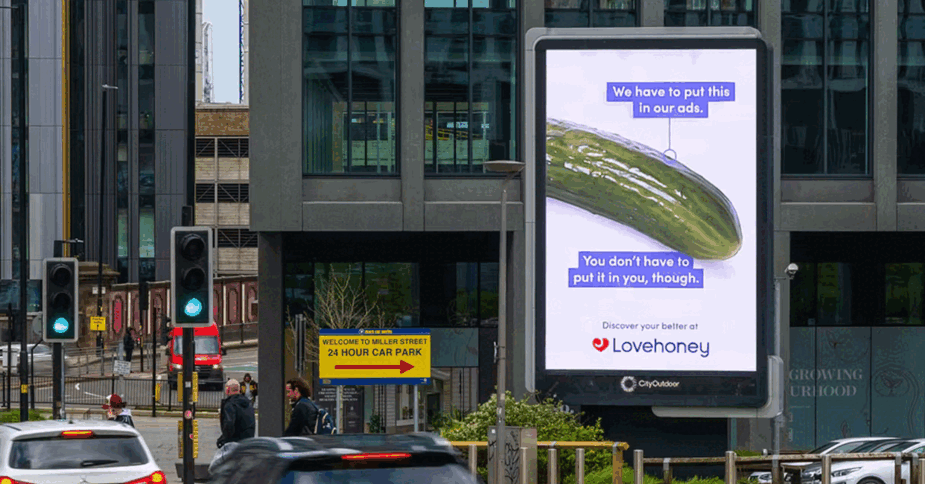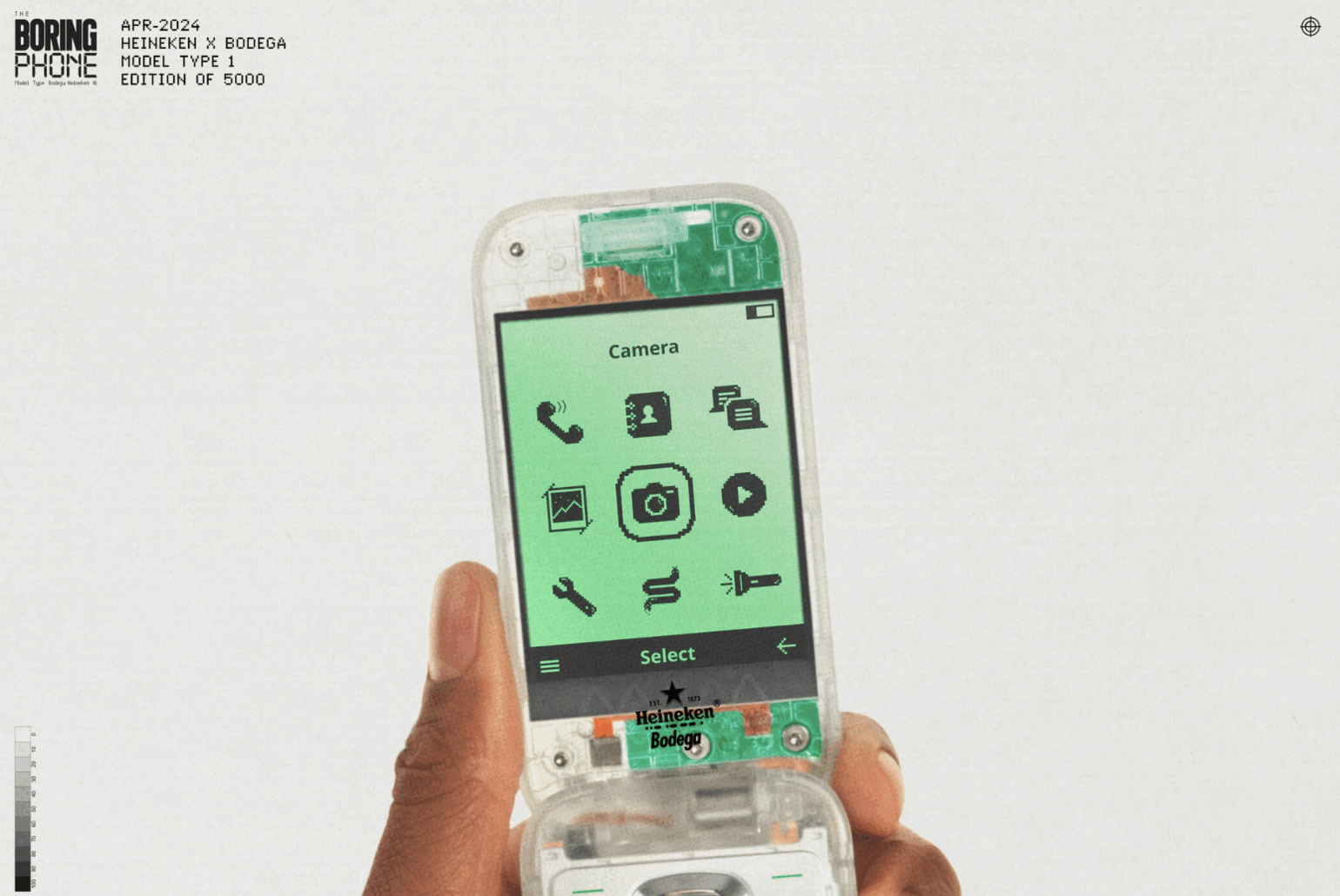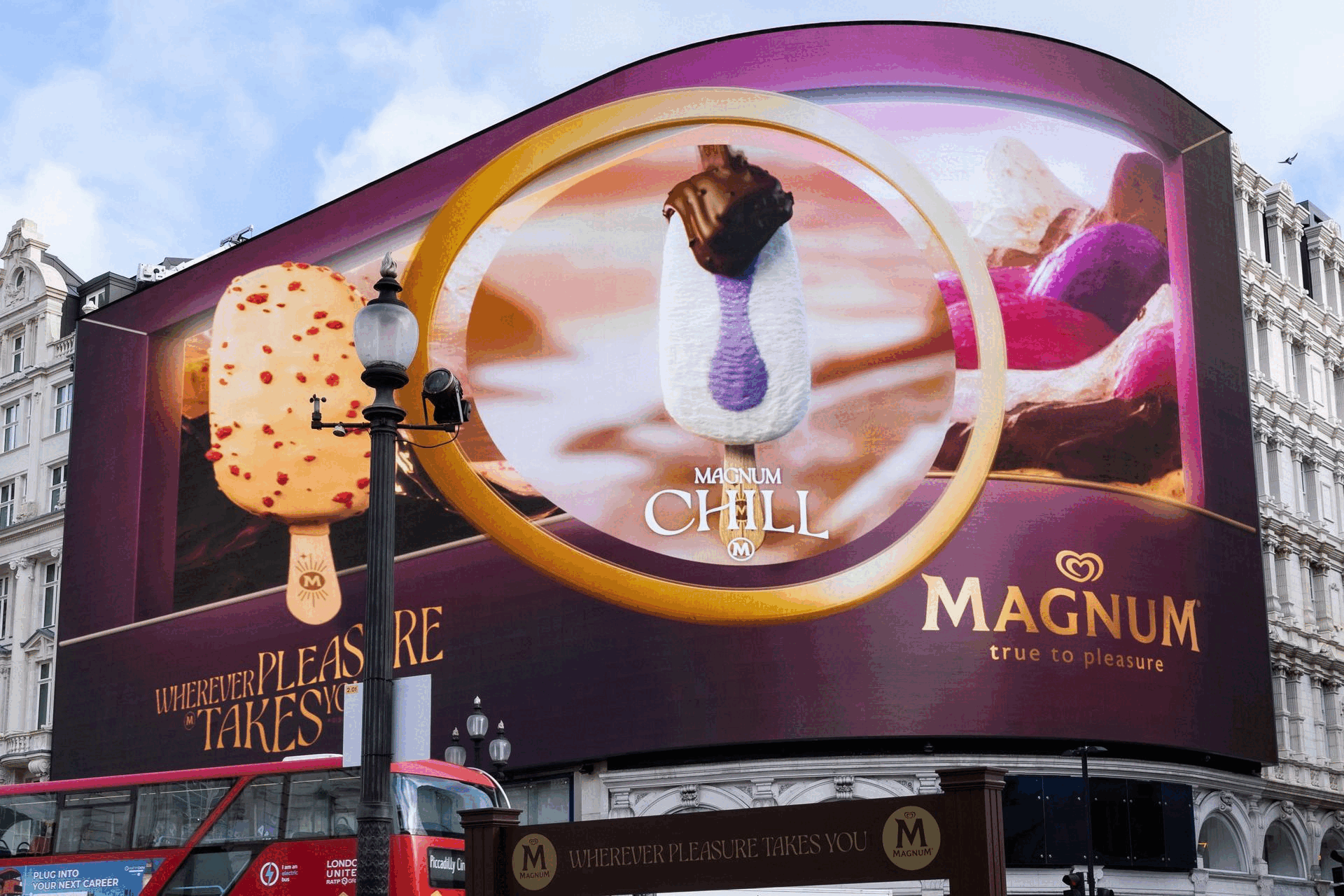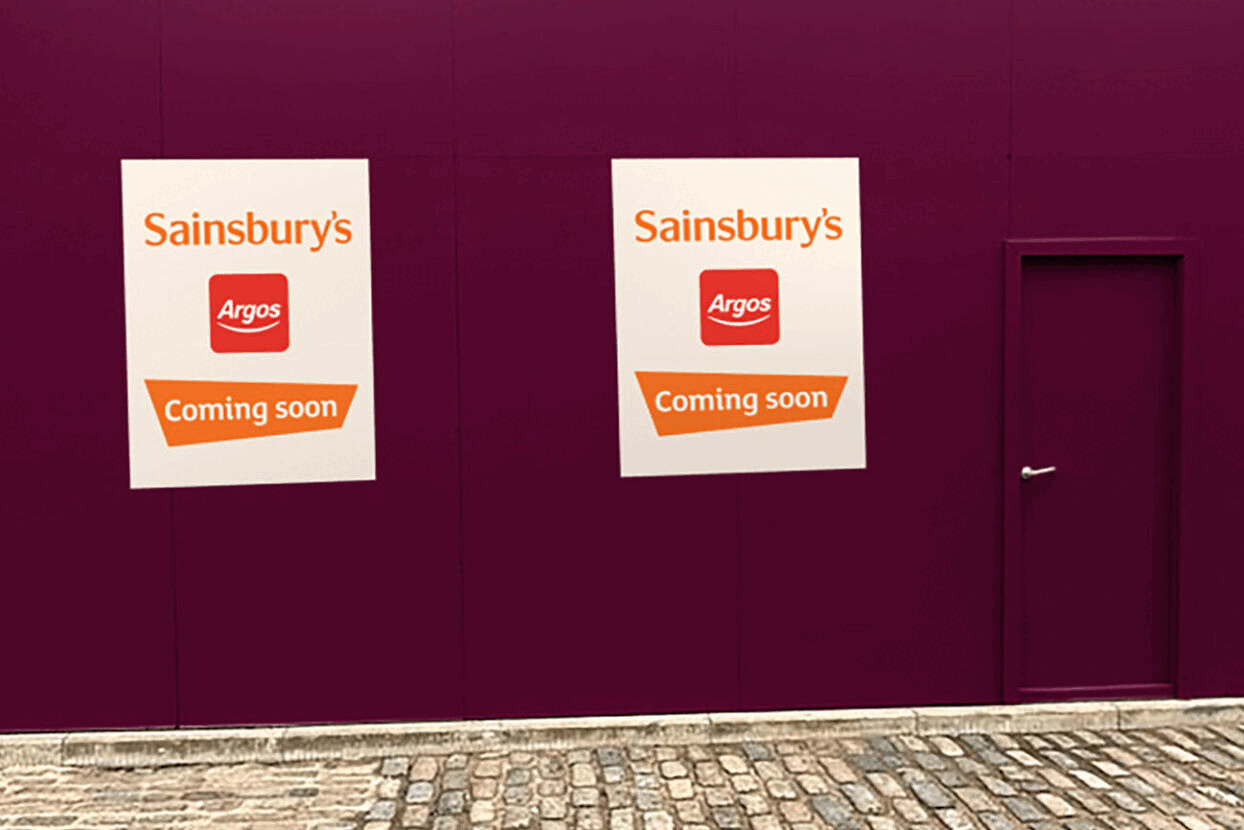Six best practices for a successful drive-to-store campaign
- Friday, September 14th, 2018
- Share this article:
Stanislas Coignard, Americas CEO at S4M, provides insights into how brands can implement an effective drive-to-store campaign.
 No longer is drive-to-store an overused buzzword. Today it is definitively the bridge between online and offline. But to avoid media waste, the martech industry’s progress must be accompanied by best practices.
No longer is drive-to-store an overused buzzword. Today it is definitively the bridge between online and offline. But to avoid media waste, the martech industry’s progress must be accompanied by best practices.
Create a dedicated user experience
To start, a successful drive-to-store campaign requires a dedication to user experience, including guiding the potential customer to the point of sale. The challenge then is designing an effective drive-to-store campaign that dynamically and creatively displays the address of the nearest POS using the embedded store locator. Now with one click on the call-to-action and taking advantage of native mobile applications, the users GPS can then seamlessly direct them to an advertiser’s nearest brick and mortar location. Another consumer experience best practice is to use a promotion since it is likely to impact behavior. In fact, eighty-three percent of consumers say digital coupons lead to changing their initial shopping plans.
Rethink your catchment areas
Currently, most geolocation campaigns rely on a radius placed around a point of sale. These geotargeting zones may include schools, hospitals or uninhabited areas lacking any potential clients for the advertiser. It is essential to almost literally put yourself in the shoes of your target audience when creating a geolocation strategy. What matters to a potential customer is the amount of time it will take to get to the point of sale and not solely the distance to it. Therefore, one should think about the geographical area of the target audience according to isochronous zones and not a perfectly equidistant radius around a brick and mortar location.
Identify fraudulent GPS coordinates
The quality of a geolocation campaign relies on the GPS coordinates of devices. In programmatic, the publisher sends these coordinates within the bid request all in a few milliseconds. Possessing GPS data adds value to a publishers inventory because an ad impression with this information leads to an increase in CPM. Some publishers are tempted to falsify the position of terminals if a user has not agreed to provide their location for advertising purposes. An example would be changing an IP address with no connection to a physical location into an X-Y coordinate such as an uninhabited area. Therefore, it is crucial to verify and validate the accuracy of the data. With the aid of an algorithm, it is possible to identify and exclude such fraudulent and suspicious information.
Measure traffic directly attributed to your campaign
To reliably understand the impact of a digital advertising effort, retailers should only measure and pay for footfall that can be directly attributed to a drive-to-store campaign. Merely counting total in-store visits of mobile ID’s exposed to a digital ad is not enough to know the effectiveness of a retailer’s digital advertising effort. This measurement includes organic traffic such as customers who would have gone to the point of sale regardless of having seen the advertisement and customers who were influenced by other media such as billboards or television. The best way to understand the real impact of a digital campaign is to compare the behavior of randomly selected individuals not exposed to the ad, who have the same characteristics of your target audience, to the behavior of individuals who saw the ad. The incremental visits will provide the true results of the drive-to-store campaign.
…In real time
It used to be that campaign effectiveness was only measurable after the campaign. The ability to optimize a campaign based on what was happening during the campaign was impossible. Thanks to the availability of real-time measurements, retailers do not have to wait until their campaign is over to understand their advertising parameter’s effect on in-store footfall. To improve performance, they can now apply up-to-date insights and adjust investments over the course of a campaign depending on the targeting areas, publishers or creative formats that generate the most visits to stores. This capability has ushered in a new era. Today there is enormous potential for digital advertising considering that the estimated value of traditional media channels like radio, out-of-home and print advertising is $365 Billion.
Assess effectiveness with impartiality
Since incremental visits are based on real-time measurements of in-store traffic, it is important to make sure the performance metrics are double verified. The same vendor running the digital campaign should not be measuring offline impact. When evaluating the results of the advertising effort, this ensures impartiality. Fortunately, brands can partner with ad-tech companies that have a third-party’s real-time measurements of footfall integrated into their advertising platforms, viewable alongside digital KPI’s such as impressions and clicks.
Ultimately, any drive-to-store campaign following the six best practices outlined, is on the way to reaching its target audience as well as increasing footfall and therefore sales.
















